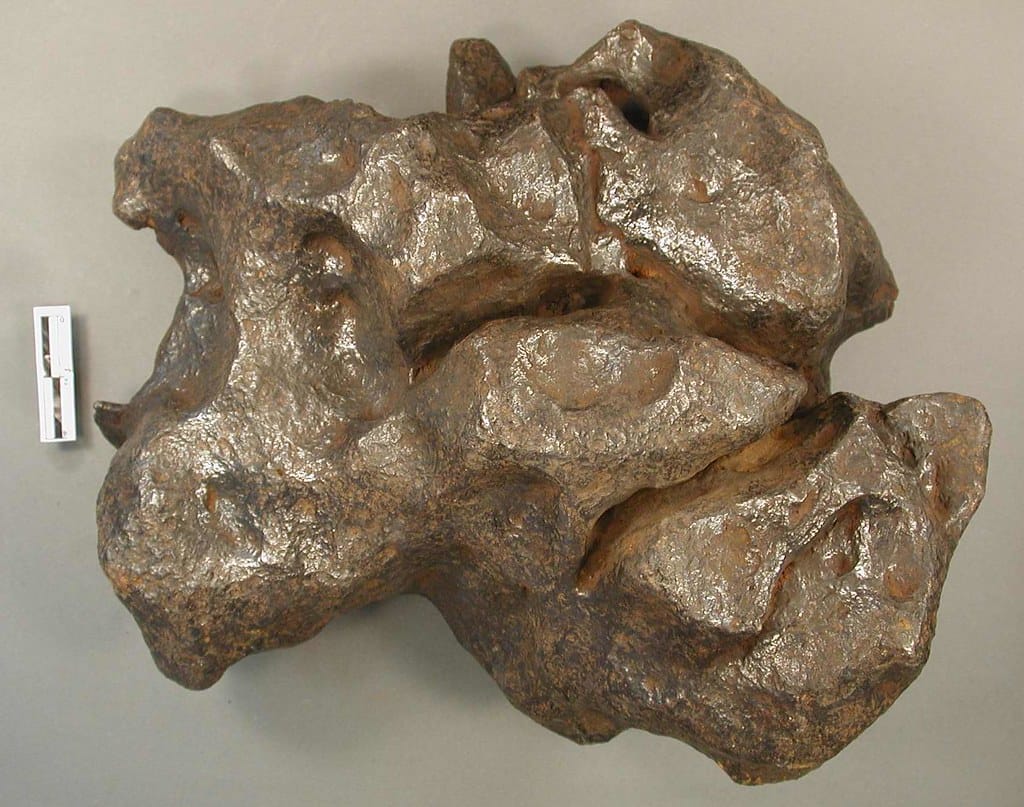Ancient Space Rock That Crashed Into Family Home Predates Earth by 700 Million Years
A meteorite that dramatically crashed through the roof of a New Jersey home earlier this year has been revealed to be older than Earth itself, containing primordial materials that predate our planet by approximately 700 million years, scientists announced this week.
The extraordinary space rock, which startled the Sugarman family in Hopewell Township when it punched a baseball-sized hole through their roof in May, has been identified as a rare enstatite chondrite meteorite containing materials from the very dawn of our solar system.
A Cosmic Time Capsule
Dr. Jerry Delaney, curator at the Rutgers University Geology Museum who analyzed the meteorite, described the discovery as "holding a piece of the early solar system in your hands." Radiometric dating techniques revealed the meteorite formed approximately 4.56 billion years ago, roughly 700 million years before Earth's formation 3.8 billion years ago.
"This meteorite contains chondrules—tiny spherical grains that are among the first solid materials to condense from the solar nebula," explained Dr. Delaney. "These are literally the building blocks from which planets like Earth eventually formed."
The Hopewell meteorite weighs 2.2 pounds and measures roughly 6 inches by 4 inches. Its metallic composition includes iron, nickel, and rare minerals that can only form in the extreme conditions of space, making it significantly more valuable than gold by weight.
Rare Celestial Visitor
Enstatite chondrites represent less than 2% of all meteorites that fall to Earth, making this discovery particularly significant for the scientific community. These meteorites are believed to originate from asteroids that formed in the inner solar system, closer to the Sun than Earth's orbit.
"What makes this meteorite special isn't just its age, but its pristine condition," noted Dr. Sarah Chen, a planetary scientist at Princeton University who wasn't involved in the analysis. "Most meteorites this old have been altered by billions of years of cosmic weathering. This one retained its original composition remarkably well."
The meteorite's trajectory has been traced back through atmospheric data and witness reports. Scientists estimate it traveled through space for over 4.5 billion years before its dramatic encounter with the Sugarman family's colonial-style home.
From Terror to Scientific Treasure
Suzy Sugarman initially thought someone had thrown a rock through her roof when she heard the thunderous crash that May afternoon. "I ran upstairs and saw this hole in the ceiling with debris everywhere," she recalled. "I never imagined I was looking at something older than our planet."
The family quickly contacted local authorities and eventually Rutgers University, where researchers confirmed their suspicions about the object's extraterrestrial origin. The meteorite has since been donated to the university's collection, though the Sugarmans retain ownership rights.
"We went from being terrified to being amazed," said David Sugarman. "Our insurance company has never handled a claim like this before."
Scientific Significance
The meteorite's analysis has already yielded valuable insights into early solar system formation. Isotopic studies reveal the presence of materials that formed under different temperature and pressure conditions than those found on Earth, providing clues about the chemical processes that occurred in the primordial solar nebula.
Researchers are particularly excited about microscopic inclusions within the meteorite that may contain presolar grains—materials that actually predate our solar system entirely and originated from other stars. These cosmic hitchhikers could offer unprecedented insights into stellar nucleosynthesis and galactic chemical evolution.
Looking Forward
The Hopewell meteorite joins fewer than 50 witnessed enstatite chondrite falls in recorded history, making it a crown jewel for researchers studying early solar system processes. Scientists plan to continue analyzing samples using increasingly sophisticated techniques, including atom probe tomography and advanced mass spectrometry.
This remarkable discovery reminds us that cosmic treasures occasionally land in our backyards, carrying stories from the very beginning of our solar system. For the Sugarman family, what began as a shocking home repair turned into an extraordinary contribution to human understanding of our cosmic origins—proving that sometimes the universe literally drops scientific discoveries on our doorstep.
